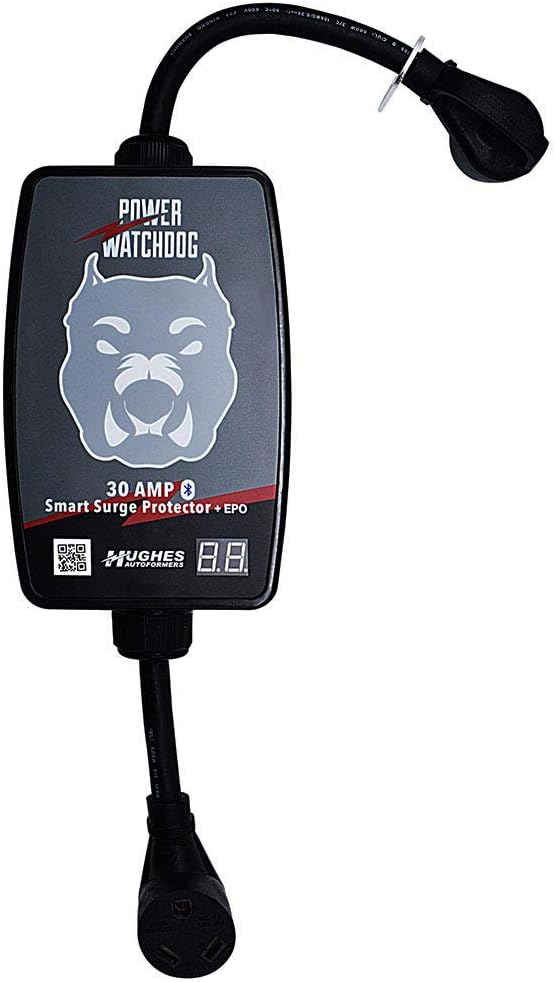We got this unit, and it shows power usage - cumulative and current. Uses a phone app. I have been very happy with ours.
https://www.amazon.com/Hughes-Autoformers-PWD30-EPO-Spike-Watchdog/dp/B07PRS5NPB
I found this line in your post interesting -
After the event I went out and bought another 30 amp breaker for the RV and changed it out, but I can still overload the circuit without the breaker tripping.
How many amps for how long are you measuring? Have you experimented to see how long, and how big an overload can be sustained before a breaker trips or other indicator causes you to stop the test?
I have observed brief 'overloads' above 30A with our monitor, especially when the AC starts. I do not recall exact numbers.

I have had one shore power cord have a 'meltdown', on the female (cord side) terminal where it plugs into the coach. (Fortunately it did not damage the male part installed in the camper) I attributed it to poor connection from fatigue in the connectors, this making resistance that generated heat. Not an uncommon issue, I did not see fit to dissect the melted connector to see exactly where the heat had been generated. Upon replacement with another female end on the same cord, the same load has been carried without any problem. Was you meltdown at a connection point in the circuit, or in the wire run itself?
I have never actively tried to overload the circuits in the camper to trip a breaker. We did have a post breaker at a campground that tripped if we tried to use the Microwave and AC at the same time. The inside breaker did not trip. I know breakers have a cycle life, and figured that post one was past its service life end.
Here at home I have the camper plugged into a 50A 220V circuit using an adapter. So the wiring up to the 30A main breaker in the coach can experience 50A draw, and the 30A breaker in the coach panel would be my only protection.
I find it odd that neither the circuit breaker in the post nor the breaker in the coach tripped. Circuit breakers are a generally recognized safety item, and pretty well proven. More data is in order to see if there is a safety issue here, and where it might be. VERY important issue, however.

